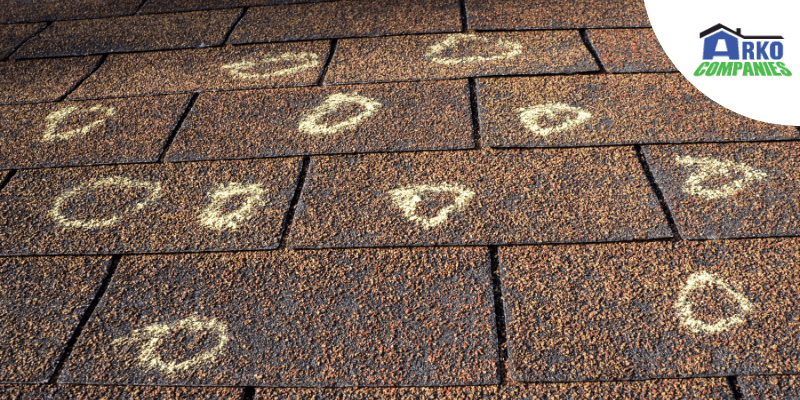Downpours, hail storms, icy slush and, of course, good old snow can, after some time, prevent your rooftop from carrying out its responsibility. Repairs can cost hundreds of dollars. Replacements can cost around ten thousand dollars or more… so anytime you can fix or stall damages, you should! How can you determine damage on your roof?
Here are the things you should look for while investigating your rooftop for damage:
Material downside:
Flashing is the metal that connects the stack, vents and bay windows to the rooftop. Examine the flashing every ten years to guarantee it hasn’t corroded or split, that elastic gaskets around plumbing vents haven’t disintegrated, and that the metal collars on vents associated with gas apparatuses stay tight.
Check the exterior of asphalt shingles to guarantee their grains are flawless. Fix any broken or missing ones– this goes for tiles, too.
Wind and tree harm:
Tree limbs and wind don’t always mix well– they can really mess with a roof’s tiles or shingles. Ideally, keep tree branches at least 10 feet from your home so they don’t scrape or hit your roof, especially in a storm. If/when a tree does fall on the house and cause damage, you should immediately call a Roofing Contractor to inspect the damage and let you know whether or not it’s safe to occupy.
After storms, check your roof for missing shingles, worn spots and split or broken tiles/pieces. Additionally, search for loosened up sash sheets and metal sheeting.
Wild habitat:
Raccoons, squirrels and mice might be adorable to some people, but they can ruin roofs by ripping off shingles, making their home in parts of the roof (especially near chimneys), and leaving their fecal matter everywhere. Check your attic every year or so to make sure no wild animals are living there, and also check your chimney. You might need to call an expert to remove a “nest.” Seal and repair any holes where critters lived.
Moss Damage:
Moss on the rooftop is more harmful than wonderful. Its spores gather between shingles, developing and spreading to frame tangles a couple of inches thick. These mats store water, which wicks underneath shingles, splashes the underlayment, and, if unchecked, spoils the rooftop sheathing.
If your roof is going green naturally, that’s not a good thing. Do not power wash the rooftop, since that can drive water underneath the shingles or tiles. A floor brush utilizing air, however, can do the job. Afterward, use a solution containing zinc or copper to keep greenery from forming there ever again. If you get new shingles, choose ones that are moss-resistant.
Wrapping Up:
Caring for your roof is obligatory and will enhance its lifespan. In the event your roof is struck by a natural disaster such as a blizzard or hail storm, contact ARKO for timely damage control.

